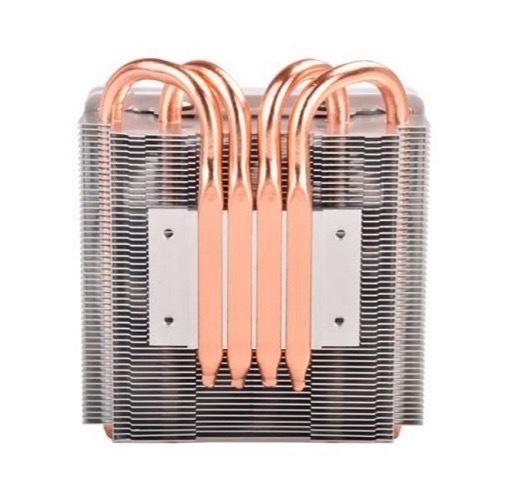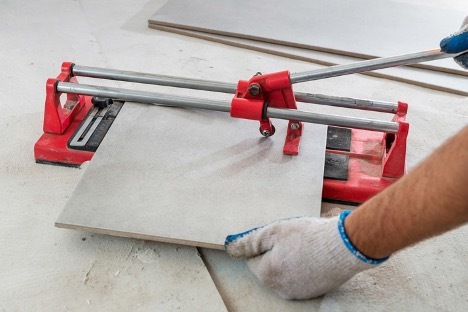There are several proven ways to choose a laptop cooler. First of all, you need to clarify the type of model installed on the device. Based on this, you can determine the socket type and other parameters. Professional advice on choosing a model is described in the presented article.
The content of the article
-
Main settings
- socket type
- TDP
- Body and base material
- Radiator material
- What else to pay attention to
Main settings
When choosing a suitable cooler, one should take into account not only its technical parameters, but also consumer qualities, for example, the noise level. It is equally important to pay attention to the brand of the manufacturer, as well as the price range.
socket type
A socket is a type of socket into which a cooler is installed. Several types of standards are common, in order to recognize them, it is not necessary to disassemble the laptop - the choice of a cooler is carried out as follows:
- Specify the model of your laptop.
- Go to the manufacturer's website, for example, AMD.
- Find data about which socket the cooler can be connected to.
As a rule, the same device can be installed in different slots. But often only 1-2 types are given in the description. Therefore, you first need to figure out how to find out the cooler socket for the processor, and then clarify the information in the model description on the manufacturer's or store's website.

TDP
This indicator characterizes heat dissipation, i.e. the amount of heat generated by the processor during operation. The parameter is measured in W and can vary over a wide range. The least powerful devices have 4.5 watts, but there are models with 100 watts and even more.
Unlike the method described above, how to find out the cooler socket, in this case it is not necessary to go to the manufacturer's website. It is only necessary to clarify the TDP of the processor and choose a cooler with at least a small margin. For example, if the TDP of the processor is 65 W, the cooler should have a power of at least 75 W, and optimally - 100 W.
Body and base material
The body is made of metal, often copper. Moreover, you need to pay attention to the composition from which the base is made.e, since it is it that contacts the chipset. It can be made of aluminumI, copper or their alloy.
This is the best option, but you need to pay attention to the fact that the base passes through the central part of the processor. Then the cooling effect will be maximum. If the copper pipes go in lateral directions, there is not much point in them.
Radiator material
The radiator is most often made of aluminum, since it is the most inexpensive metal. But it is best to choose models with copper radiators. They cost a little more, but the cooling efficiency is much higher.
What else to pay attention to
Understanding how to choose a heatsink for a processor, it is worth exploring additional parameters:
- The number of tubes that remove heat is from 1 to 8. If you select the optimal model, you can stop at 4. Moreover, they should pass as much as possible to the central part of the processor, which heats up the most.

- Type of connector for connection - can be 3 or 4-pin. It is better to choose the latter option, since such models automatically adjust the number of fan revolutions in 1 minute. Thanks to this, the device will last longer.
- The noise level directly depends on the rotation speed. If the indicator is within 500 rpm, there is practically no noise, and if it is at the level of 1500, it can be assessed as average. But models with more than 2000 rpm are too loud, they can annoy the user.
- Flux power is an indicator measured in CFM. The more he is. the more efficient the cooling is.
The selection of a cooler for the processor is carried out according to the parameters described above. It is also recommended to take into account the brand of the manufacturer and reviews of real buyers. Thanks to this, you can get a fairly high-quality device at a reasonable price.


